Independence Redux
An American crew built a ship on Kangaroo Island two centuries ago. Tony Klieve has almost finished a replica. It hasn’t been easy.
During my recent visit to Kangaroo Island I stayed in the town of American River, an enclave of a few hundred residents nestled in a cove at the eastern end of the island.
I came across Tony Klieve, an 86-year-old retired carpenter and builder who has lived on the island for more than six decades. For the past 10 years, Klieve and a group of friends have been building a replica of an ill-fated schooner, the Independence, that a band of Americans constructed on the shore here 220 years ago.
It was the first ship constructed by western explorers and colonists in Southern Australia, which had only been mapped a few years earlier by British expeditions.
The Independence was built in 1804 by the crew of a larger ship, an oceangoing Brig named the Union that was constructed in Barnstable, Massachusetts. The Union was purchased by a merchant trader from New York with a plan to kill tens of thousands of seals in the waters off Antarctica and ship the skins to Canton (modern day Guangzhou), a major foreign trading hub in China. There they would be exchanged for exotic goods to bring back to New York.
This was at the beginning of the era of mass sealing and whaling — surely among the least sustainable businesses ever conceived.
Helmed by 24-year-old Captain Isaac Pendleton and his 22-year-old chief officer Daniel Wright, the Union set sail from Nantucket, Massachusetts in 1802.
The ship went straight south to waters below South America. Finding few seals, the crew kept moving east through the Southern Ocean surrounding Antarctica. There they finally found seals aplenty and eventually landed on Kangaroo Island. Wright oversaw the construction of the Independence over the winter of 1803. It was a schooner, made with a wooden frame brought on the Union.
Once finished, Independence left Kangaroo Island with the Union in June of 1804.
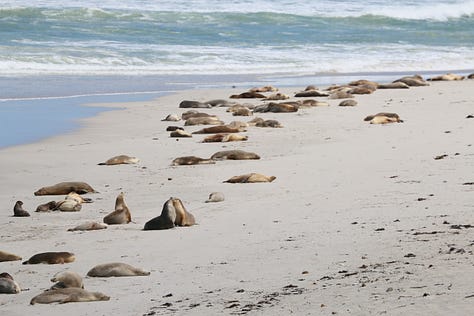
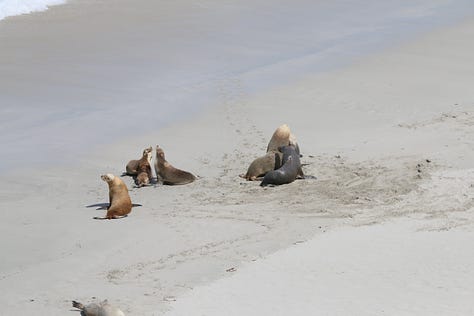
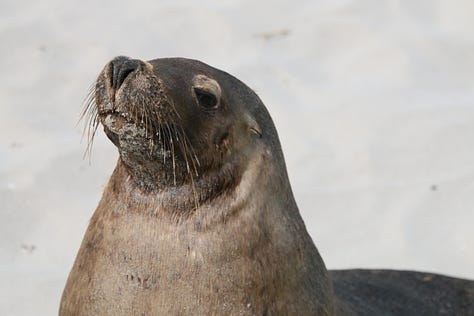
Pendleton, Wright and the Union all suffered cruel fates. Separately from the Independence, the Union headed for Canton. Along the way, Pendleton was killed by native islanders, a crazy tale in and of itself. Wright captained the Union back to Sydney, only to perish on its next voyage when the ship hit a reef and sank.
Meanwhile, the Independence sailed to the Antipodes Islands, more than 2,000 miles away in the Southern Ocean between New Zealand and Antarctica. Australia and even New Zealand had already been depleted of seals amidst the onslaught, and the Antipodes was home to the last great populations, likely numbering in the millions.
This was the height of spasm of seal slaughter that killed hundreds of thousands in the Antipodes alone in the span of just a few years. Records show that the Fortune, a ship that sailed to the Antipodes alongside Independence, made it back to Sydney with 60,000 pelts. The Independence never returned.
The Sydney Gazette reported it lost at sea on March 16, 1806.
Klieve got the idea to build an Independence replica well over a decade ago. The project was a way to occupy himself and some of his friends in retirement and provide a little tourism boost to the American River community.
A librarian friend found some designs that a South Australian marine historian had once gathered about similar schooners of the era from the Mystic Seaport Museum in Connecticut. They figured that was close enough to the likely design of the Independence and started building way back in 2014.
Klieve has funded the project almost entirely through donations. Twenty bucks — sent online or paid in person, as I did — earns the donor a symbolic plank.
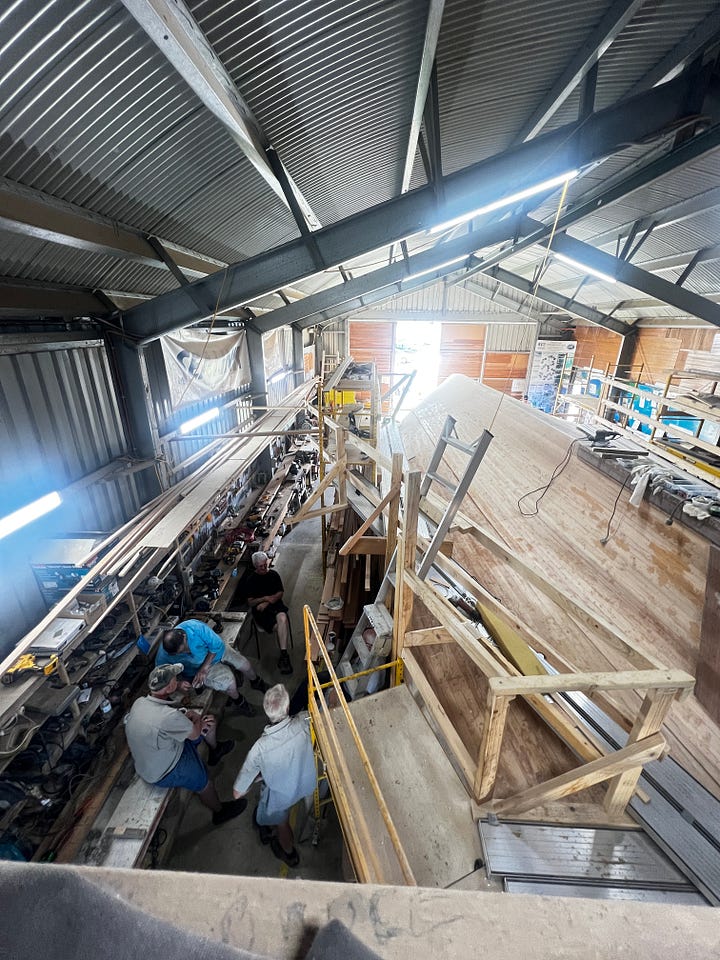
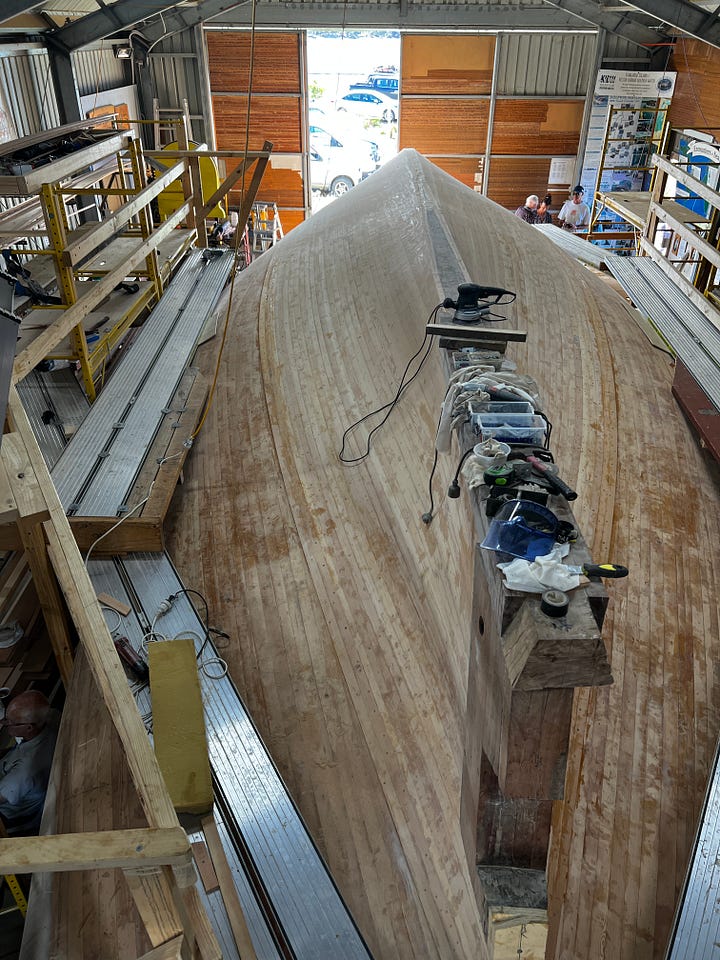
The group first built a large shed at the site where the original Independence was likely constructed. Eventually, a cafe cropped up adjacent to that.
The intense bush fires four years ago that I wrote about in my last post came within just a few miles of American River, threatening the project. Covid was another setback. A bum knee has slowed things recently.
But the hull is now nearly complete, taking shape as planks are added day by day. Klieve jokes that it’s taking his team a lot longer than Wright and his crew because Wright had a head start with the frame they brought from the U.S.
They had an “IKEA kit,” he says with a chuckle.
“We should still have it all done by Christmas,” he said, a confident glimmer in his eye.




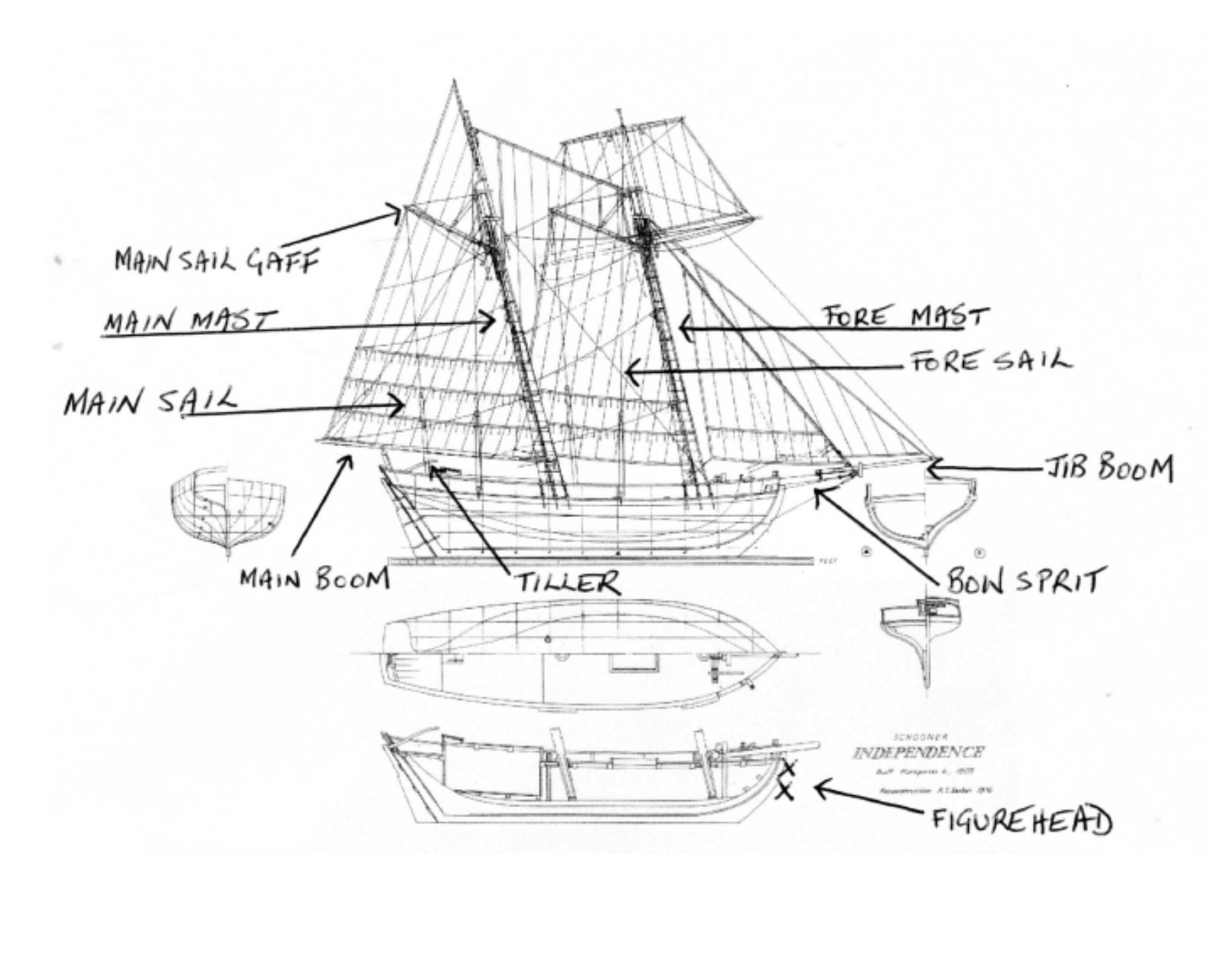
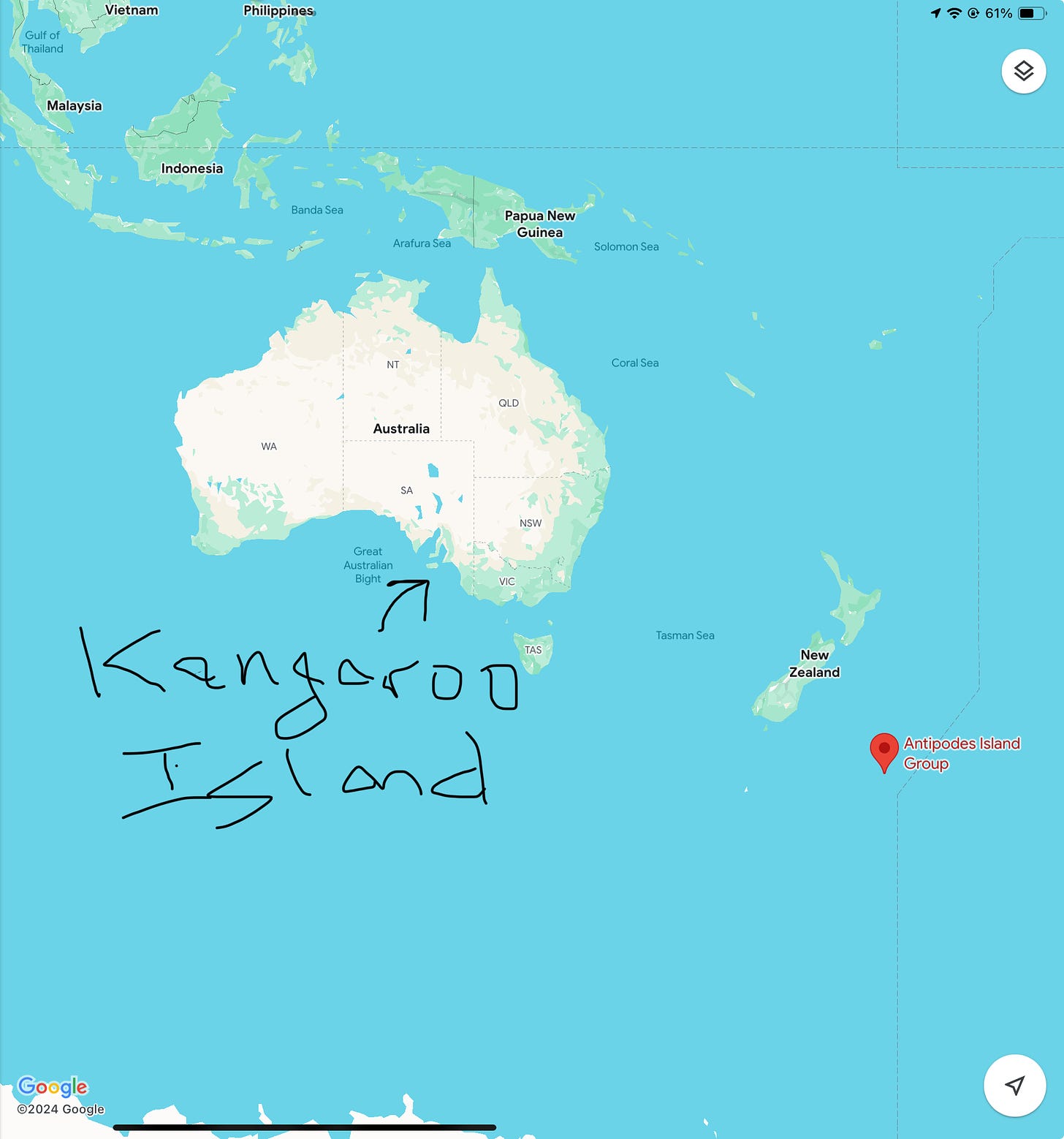
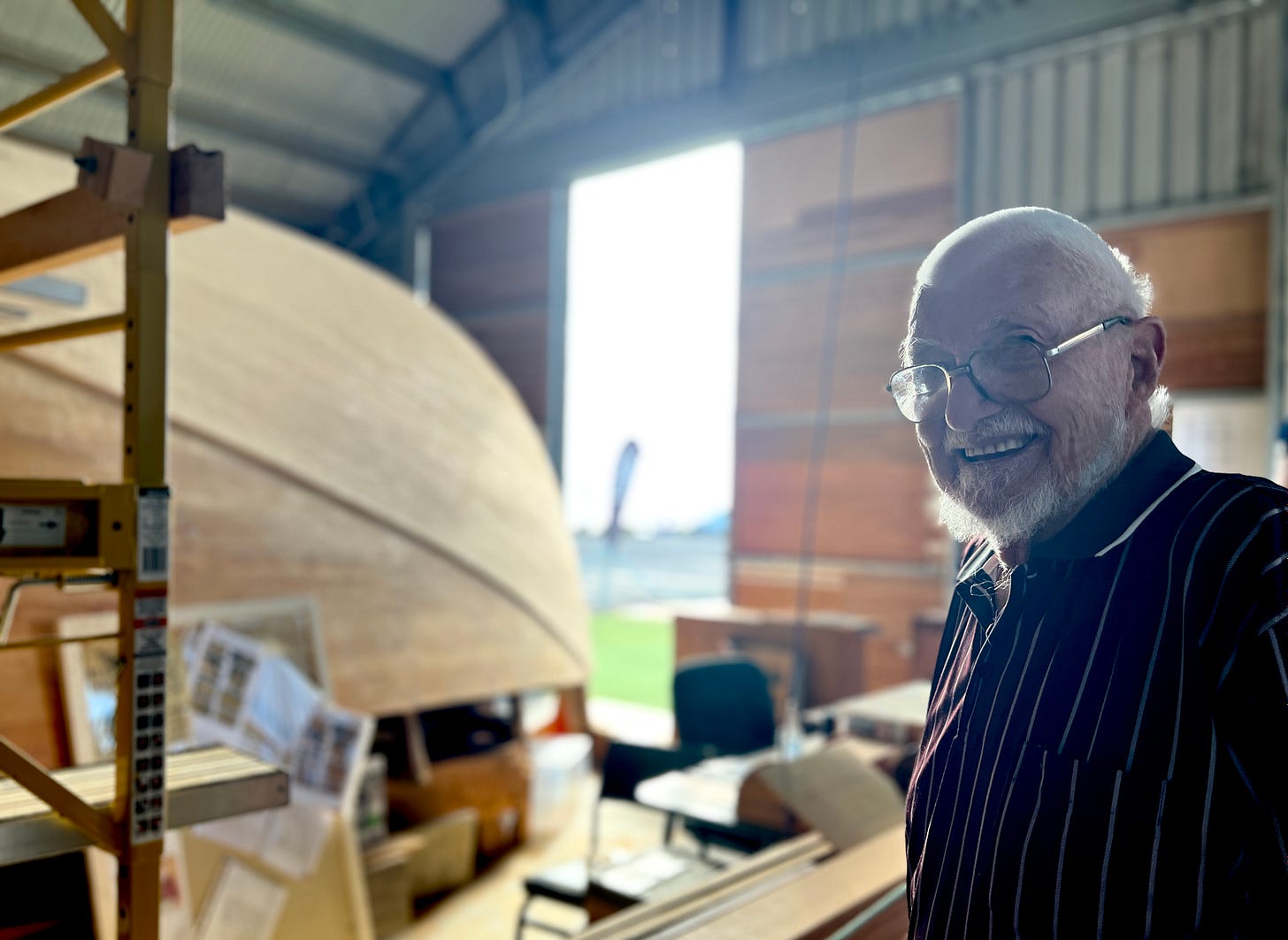
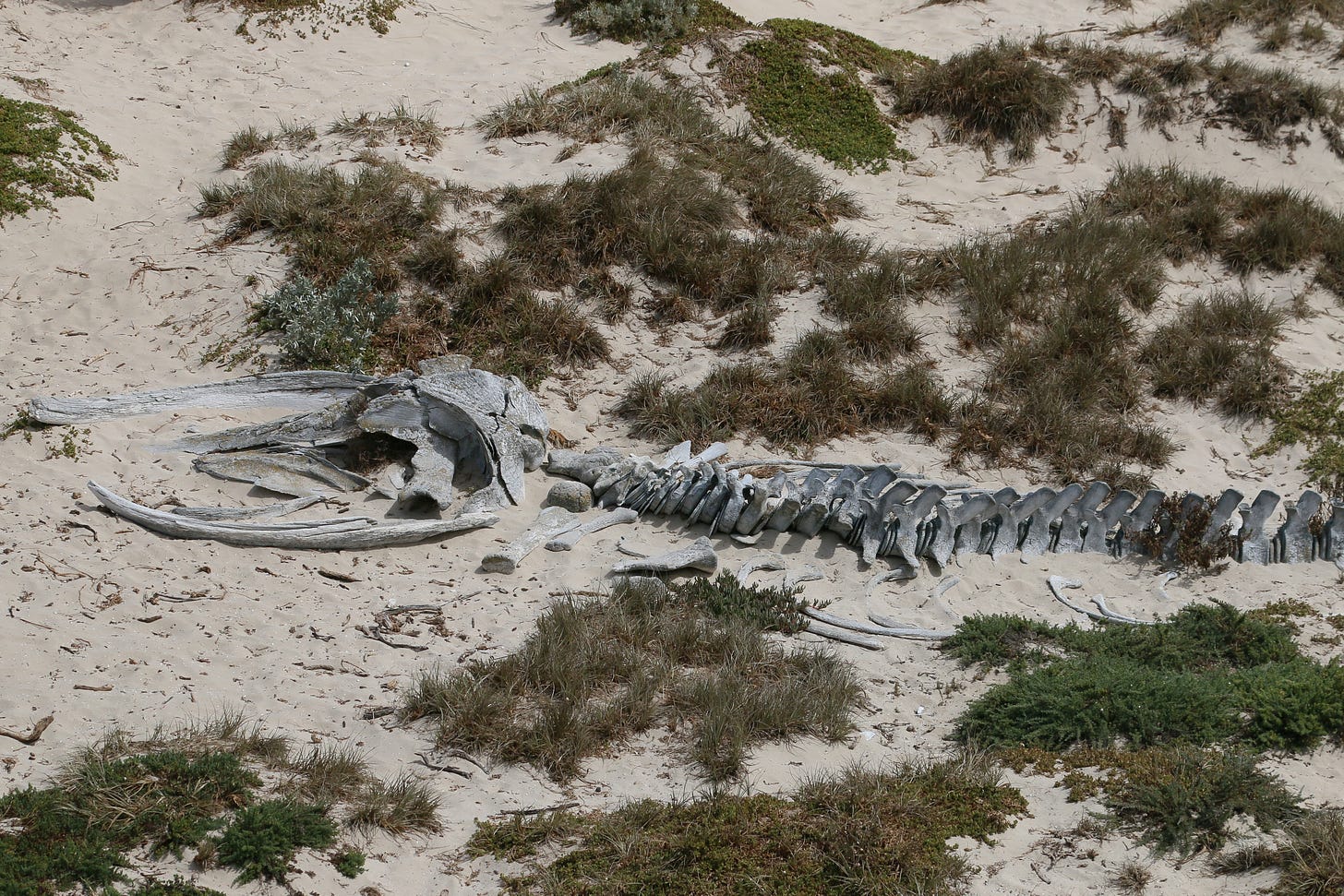
Great story….mate.